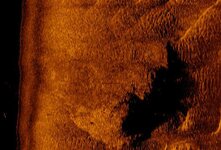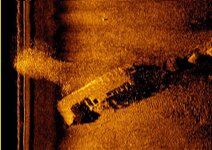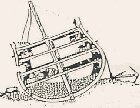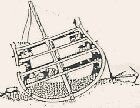Chagy
Bronze Member
How many ballast piles of the 1715 fleet have been found so far?
Wreck Site Shipwreck Ballast Pile Yes/No
*Cabin Wreck “N. Sra. De Regla” 1715 Yes
*Corrigans Wreck “San Roman” 1715 Yes
*Rio Mar Wreck “N. Sra del Carmen” 1715 Yes
*La Holandesa “La Holandesa” 1715(On Wellers Book) ?
*Sandy Point Wreck “N. Sra. Del Rosario” 1715 Yes
*Wedge Wreck “Urca de Lima” 1715 Yes
*Colored Beach “Nieves” 1715 Yes
All the Best,
Chagy.........
Wreck Site Shipwreck Ballast Pile Yes/No
*Cabin Wreck “N. Sra. De Regla” 1715 Yes
*Corrigans Wreck “San Roman” 1715 Yes
*Rio Mar Wreck “N. Sra del Carmen” 1715 Yes
*La Holandesa “La Holandesa” 1715(On Wellers Book) ?
*Sandy Point Wreck “N. Sra. Del Rosario” 1715 Yes
*Wedge Wreck “Urca de Lima” 1715 Yes
*Colored Beach “Nieves” 1715 Yes
All the Best,
Chagy.........







 ) Ivan
) Ivan
